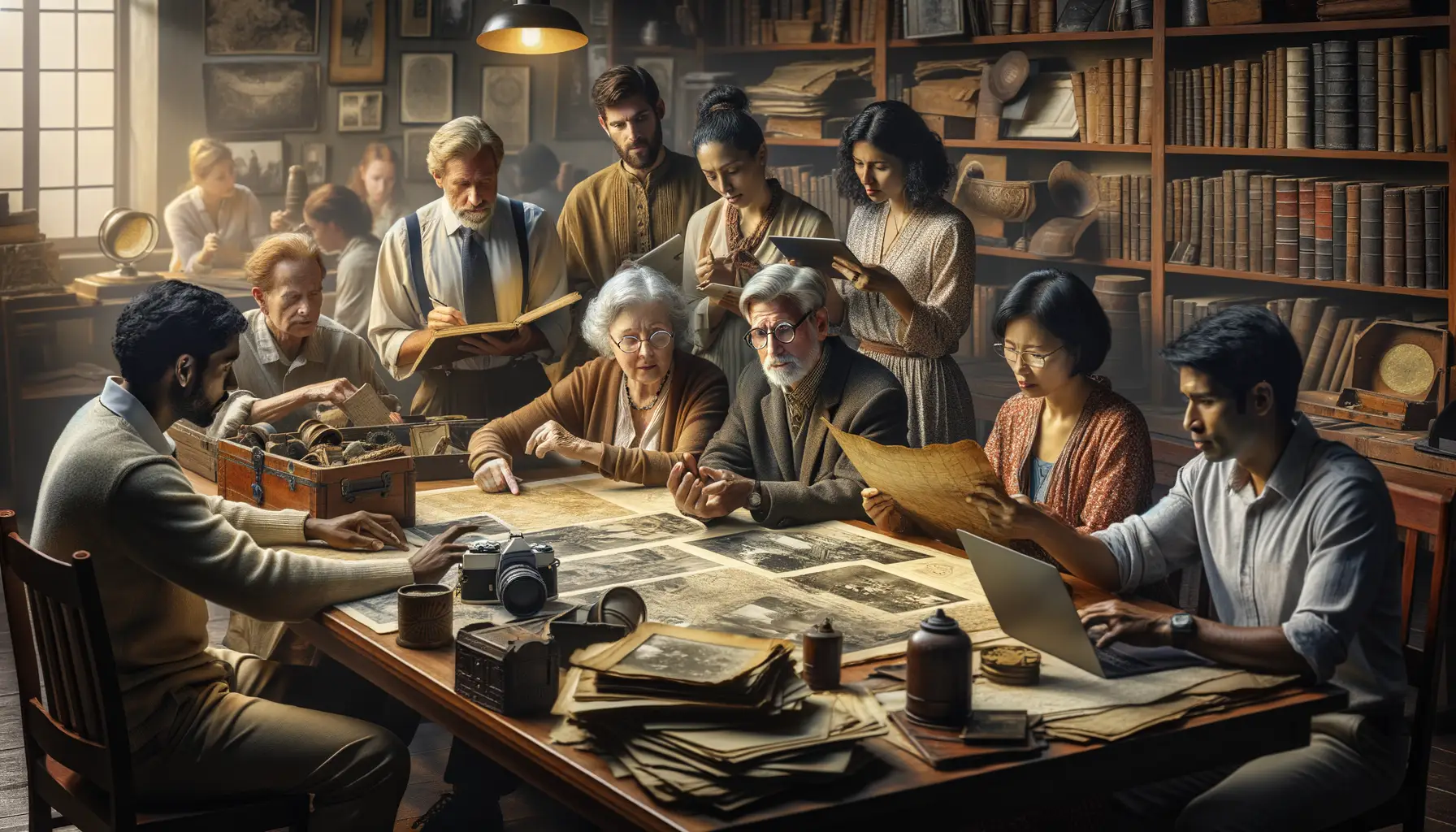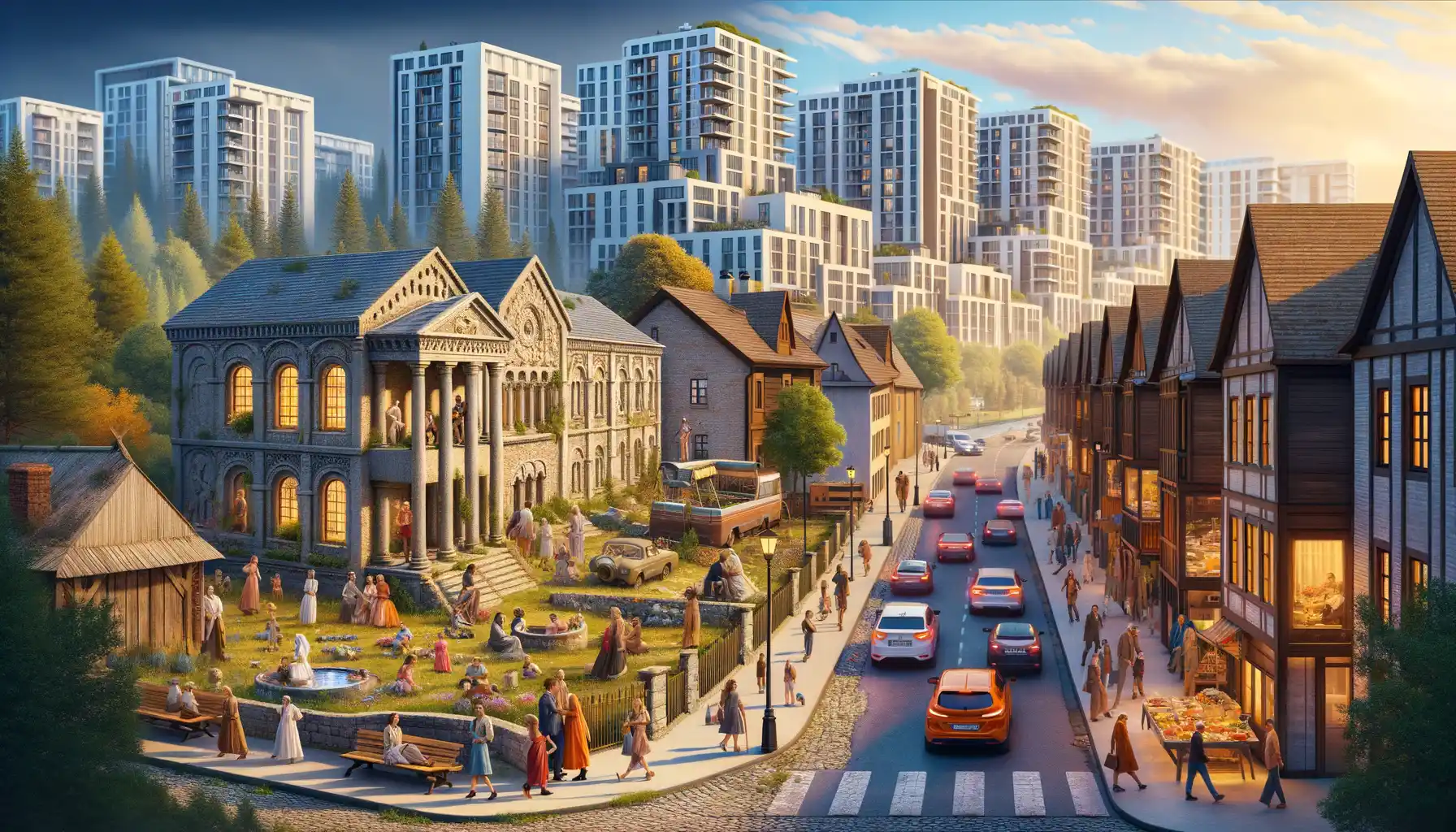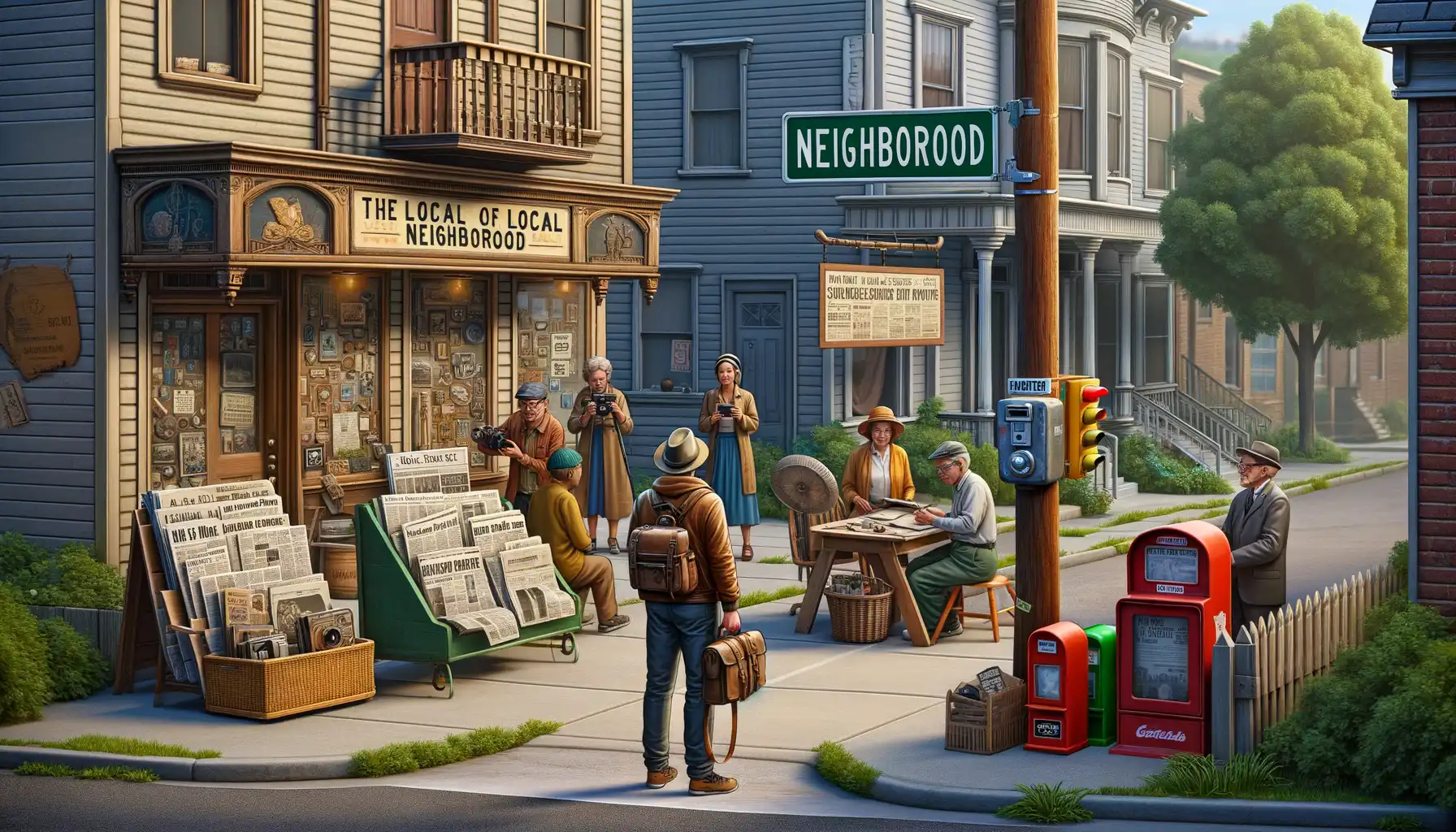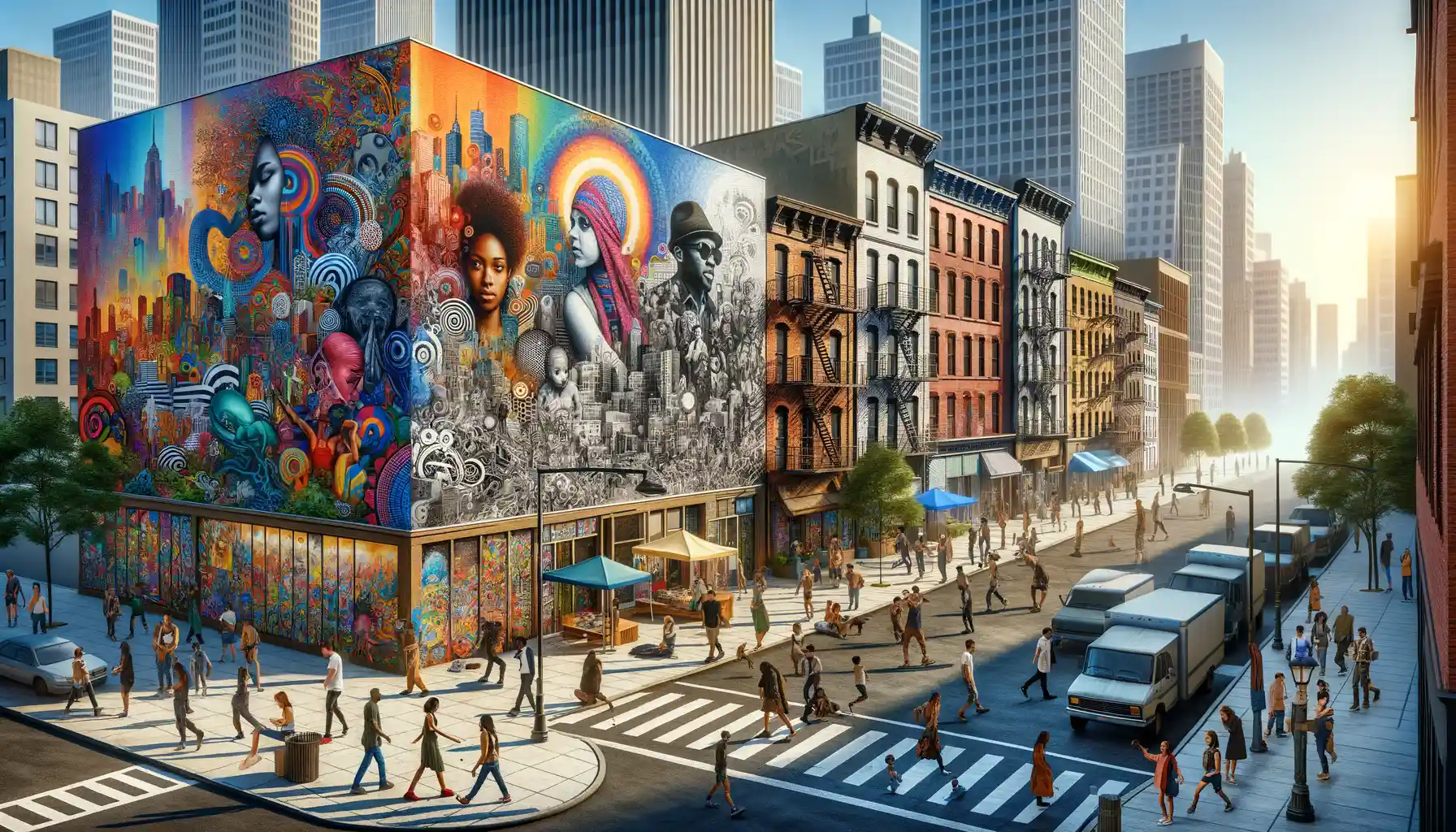Exploration of Forgotten Neighborhoods and Their Historical Significance
Unearthing Hidden Gems in Overlooked Streets
Picture this: a cobblestone alley once alive with the buzz of horse-drawn carriages, now quietly tucked behind glossy skyscrapers. These forgotten neighborhoods are like old photo albums left on dusty shelves—bursting with stories, waiting to be told. Take a stroll through their winding streets, and you’ll find remnants of a bygone era: faded murals, ghost signs on brick facades, and weathered lampposts still standing tall.
In cities like Detroit, entire blocks that once housed bustling immigrant communities now whisper tales of resilience and reinvention. Ever noticed how some neighborhoods seem to have skeletons beneath their pavement? That’s history teasing you. From the music halls of Harlem to the industrial heart of Pittsburgh, these microcosms hold rich cultural legacies.
- The bakery that invented your city’s signature pastry? It could still be there.
- An abandoned theater? You might just hear echoes of a jazz age concert if you listen closely.
Exploring these areas isn’t just stepping back in time—it’s connecting with the soul of a city. Why settle for guidebooks when history’s best-kept secrets are right under your nose?
The People Who Built the Blocks
Forgotten neighborhoods may lack glitz, but they’re steeped in human grit and determination. Imagine the hands that laid those bricks, the voices that filled local taverns with laughter, or the protests that shook the very foundations of these communities. In Chinatown districts across the U.S., many small businesses became lifelines during tough times. Similarly, African-American neighborhoods such as Greenwood, Oklahoma (once known as “Black Wall Street”), thrived until their stories were violently interrupted.
These aren’t just places—they’re archives of generational dreams and struggles. Every boarded-up window and cracked sidewalk has a heartbeat tied to it. To walk these streets is to walk alongside the ghosts who shaped them. Can you feel it?
Uncovering Hidden Stories Through Community Collaboration

Why Shared Memories Matter
There’s something magical about sharing a story—especially one buried beneath layers of time. The beauty of community collaboration lies in its ability to breathe life into forgotten tales. Have you ever seen a neighbor’s eyes light up as they recall the old diner that once stood on the corner, or the makeshift theater that hosted secret performances during tough times? These memories aren’t just quaint anecdotes; they’re threads that weave together the fabric of our collective history.
From block parties that double as storytelling events to swapping old photographs at weekend markets, these moments become treasure hunts for lost chapters. Imagine uncovering a dusty record of an immigrant family who helped build the local church or learning about an activist who made waves right on your street. These aren’t just stories – they’re legacies.
- Host a “memory walk” where neighbors guide each other through streets with untold histories.
- Collect artifacts: love letters, postcards, or even recipes tied to your neighborhood’s past.
Every shared piece adds a brushstroke to the vivid mural of your community’s identity. Who knew nostalgia could feel this electric?
The Ripple Effect of Coming Together
When people collaborate to uncover history, the results often exceed expectations. A casual conversation can lead to rediscovered archives, or an elderly resident’s recollection might inspire a mural celebrating a forgotten hero. One story leads to another until you’re standing before a cascade of rich, interconnected narratives.
Take the example of residents in Oakwood Heights who teamed up to map their area’s Prohibition-era speakeasies. Their findings? Even hardened historians were amazed by the hidden tunnels and secret rendezvous spots! These discoveries became more than historical footnotes—they sparked neighborhood pride and even drew in tourists wanting a glimpse of those wild days.
In connecting the dots, communities don’t just honor their past; they strengthen their present bonds.
The Impact of Historical Preservation on Modern Communities

Breathing New Life into Old Streets
What happens when a forgotten corner of your city is given a second chance? The answer is nothing short of magical. Historical preservation isn’t just about patching up crumbling bricks—it’s like reviving the heartbeat of a neighborhood, connecting us to stories that shaped the spaces we walk through today. Picture this: an old bakery, whose ovens went cold decades ago, becomes a buzzing café where strangers share tables and talk. The past and present intertwine, creating a place that feels alive in ways a generic chain store never could.
And the benefits ripple outward. Preserved landmarks often become anchors for revitalization, sparking local businesses, boosting tourism, and inspiring civic pride. Suddenly, that dusty, vacant lot transforms into a fierce guardian of shared identity—a space where you can point and say, “This is ours.”
Preservation’s Surprising Superpowers
When done with care, historical preservation can do things you might not expect. It:
- Strengthens communities by telling authentic, deeply rooted stories.
- Inspires creativity, as old spaces lend themselves to new uses.
- Promotes sustainability—restoring instead of demolishing reduces waste!
The real magic? These efforts remind us that the soul of a neighborhood isn’t in its skyscrapers or shiny new signs—it’s in the history we choose to protect, brick by beautiful brick.
Narratives of Change: How Forgotten Neighborhoods Transformed Over Time

From Abandonment to Ambition: The Evolution of Urban Landscapes
Step into the shoes of a neighborhood once branded as “forgotten.” Streets where laughter faded and shopfronts gathered dust. Now, imagine those same streets humming with vibrant creativity—a farmer’s market on the corner, murals turning alleyways into open-air galleries, and cafés buzzing with conversation. This is the magic of transformation, and it’s seen in places like New York’s Meatpacking District or Los Angeles’ Arts District, now symbols of rebirth after decades of neglect.
But what fuels these metamorphoses? It’s often small sparks that ignite change:
- Visionary locals who refuse to let their communities fade.
- Grassroots projects reclaiming abandoned spaces for art, storytelling, or even urban gardens.
- Historical restoration efforts bringing dull buildings back to life, one detail at a time.
Stories Etched in Walls and Sidewalks
Picture a peeling sign above an old bakery or a rusted train track woven through a neighborhood park. These aren’t just remnants of the past—they’re breadcrumbs leading us to the lives lived here before us. Take Detroit’s revival: its crumbling theaters weren’t demolished but refurbished into glittering cultural hubs. Or look at Cincinnati’s Over-the-Rhine, a place where echoes of German immigrants still resonate as craft breweries and artisan shops fill century-old rowhouses.
These are not just revitalizations; they’re love letters from a community to its heritage. A reminder that every brick holds a memory, waiting to be rediscovered.
Steps to Explore and Document Your Local Neighborhood History

Start by Walking in the Footsteps of the Past
There’s a magic in wandering your neighborhood streets with fresh eyes. Begin where curiosity sparks — a weathered building, a forgotten mural, or perhaps an old bench tucked beneath a gnarled tree. Take notes, snap photos, let your imagination fill in the blanks. That cobblestone alley? It might have echoed with the footsteps of workers heading home decades ago. The faded store sign? A relic from when life moved a little slower. Each detail whispers a story waiting to be uncovered.
Dig Deeper: Unearth Stories Hidden in Plain Sight
Once you’ve walked the path, it’s time to dig up the roots. Head to your local library or archives—they’re treasure chests brimming with maps, photographs, and documents. Many libraries even have microfilm records of old newspapers. If you’re feeling adventurous (and neighborly), go straight to the source:
- Strike up a conversation with longtime residents. They often hold tales passed down like heirlooms.
- Join community Facebook groups or forums—modern-day town squares where memories collide and flourish.
By piecing together these fragments, you may just uncover a narrative that even long-time locals have forgotten!




